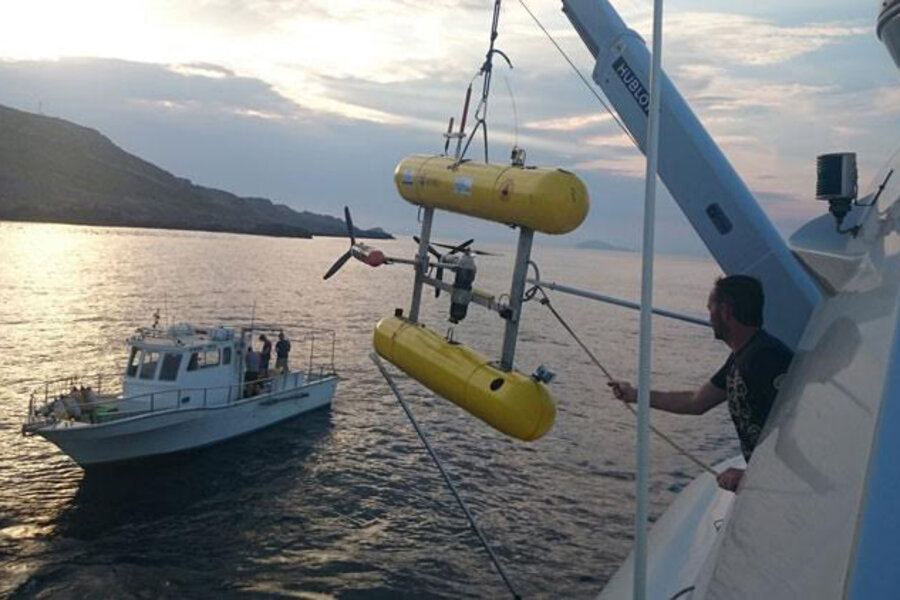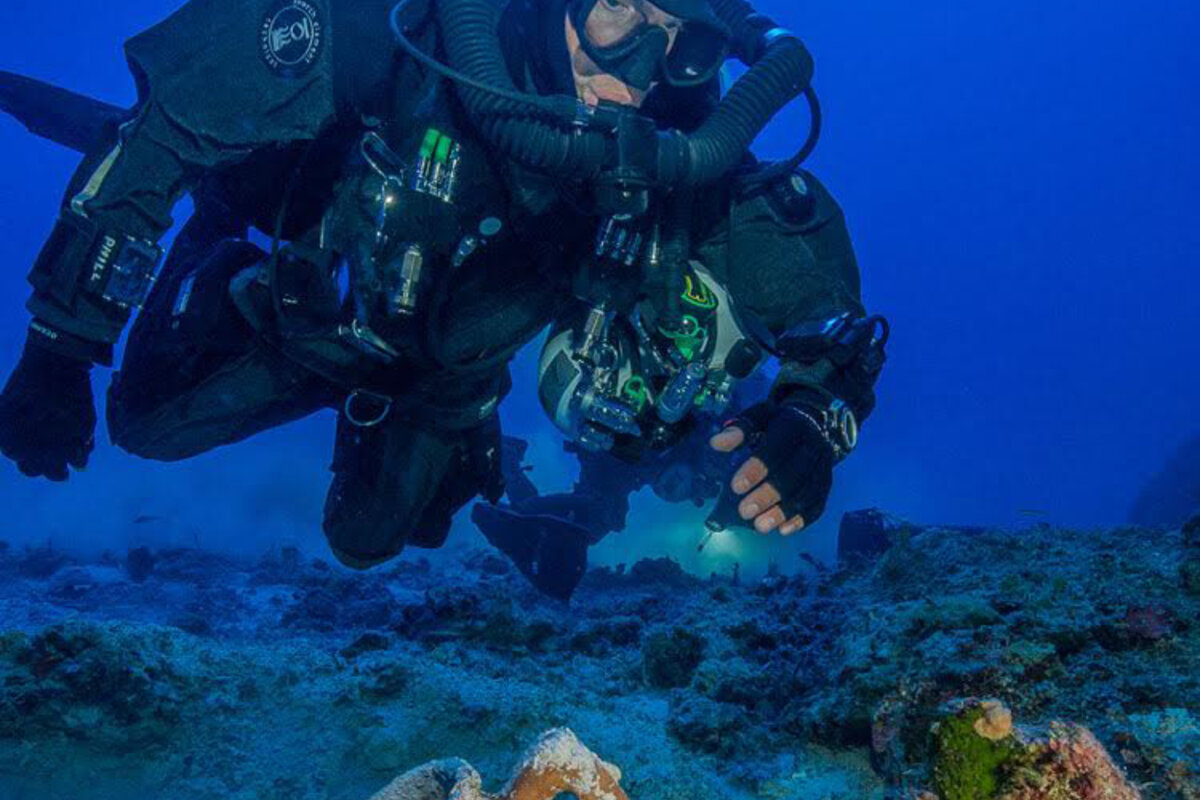Antikythera shipwreck shows how ancient world's one percent lived
Loading...
The Antikythera shipwreck off the coast of Greece is the gift that keeps on giving for underwater treasure hunters.
This summer alone, divers recovered more than 50 artifacts from the wreckage: the remains of a bone flute, fine glassware and ceramics, a chess-like piece from an ancient board game, and even a bronze armrest that researchers say may have once fit on a throne.
“This shipwreck is far from exhausted,” Brendan Foley, a marine archaeologist at the Woods Hole Oceanographic Institution, said in a statement released last week. “Every single dive on it delivers fabulous finds, and reveals how the ‘1 percent’ lived in the time of Caesar.”
This summer's expedition was part of a long-term research project that it began in 2014 in collaboration with the Hellenic Ministry of Culture and Sports. The project is the first scientific excavation of the wreck since Greek fishermen discovered it in 1900.
The treasure-filled sunken ship dates back to 65 B.C. Last year, undersea excavators found that it covered a much bigger area than previously expected. Their discovery triggered newfound interest in the site, leading the international team of researchers to recover artifacts still buried on the seafloor and to recreate the history of the ship’s final voyage.
The recent three-week expedition has left the team with the best understanding yet of the shipwreck and its cargo. A metal detection survey revealed the wreck’s debris field, which stretches over an area of about 2,000 square meters.
A team of four divers carefully excavated most of the artifacts from underneath a layer of sand and broken ceramics. Since returning to shore, researchers have created 3-D models of many of the artifacts, and have begun to conduct a series of tests on them, including DNA analysis.
“We were very lucky this year, as we excavated many finds within their context, which gave us the opportunity to take full advantage of all the archaeological information they could provide,” said diving archaeologist Theotokis Theodoulou, in Woods Hole's statement.






